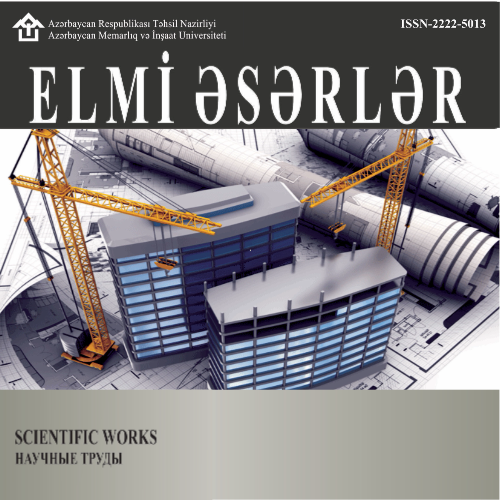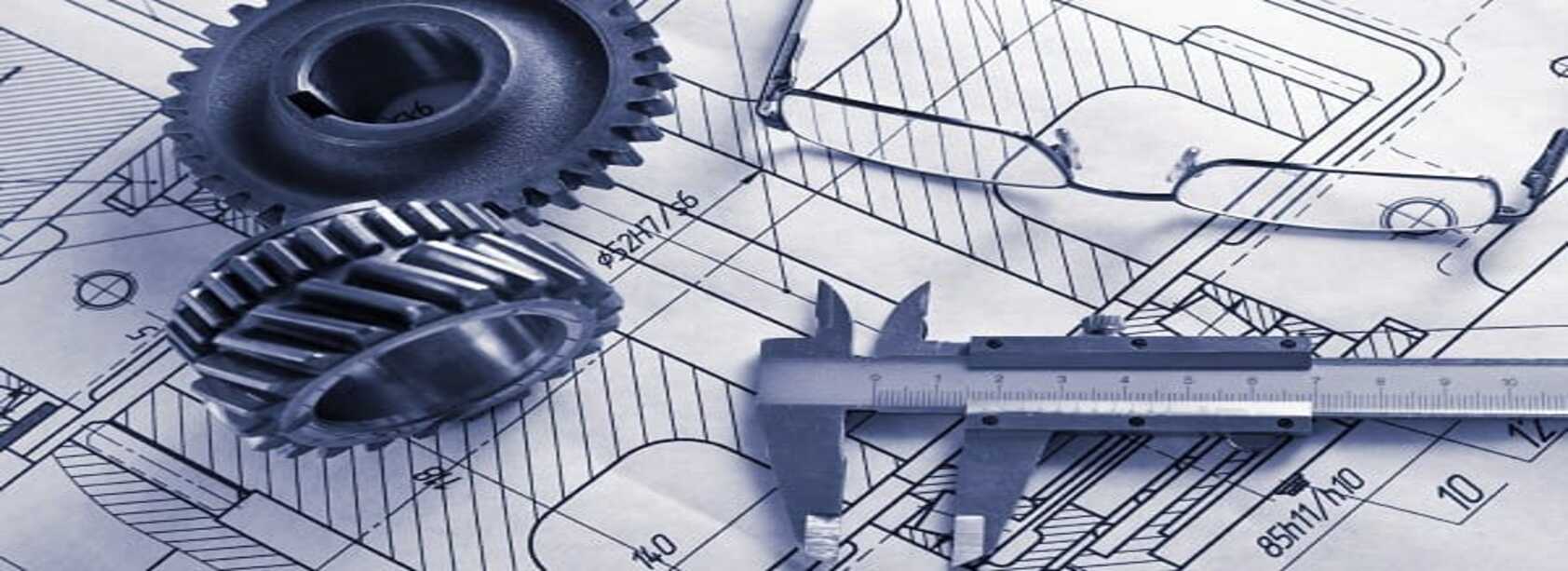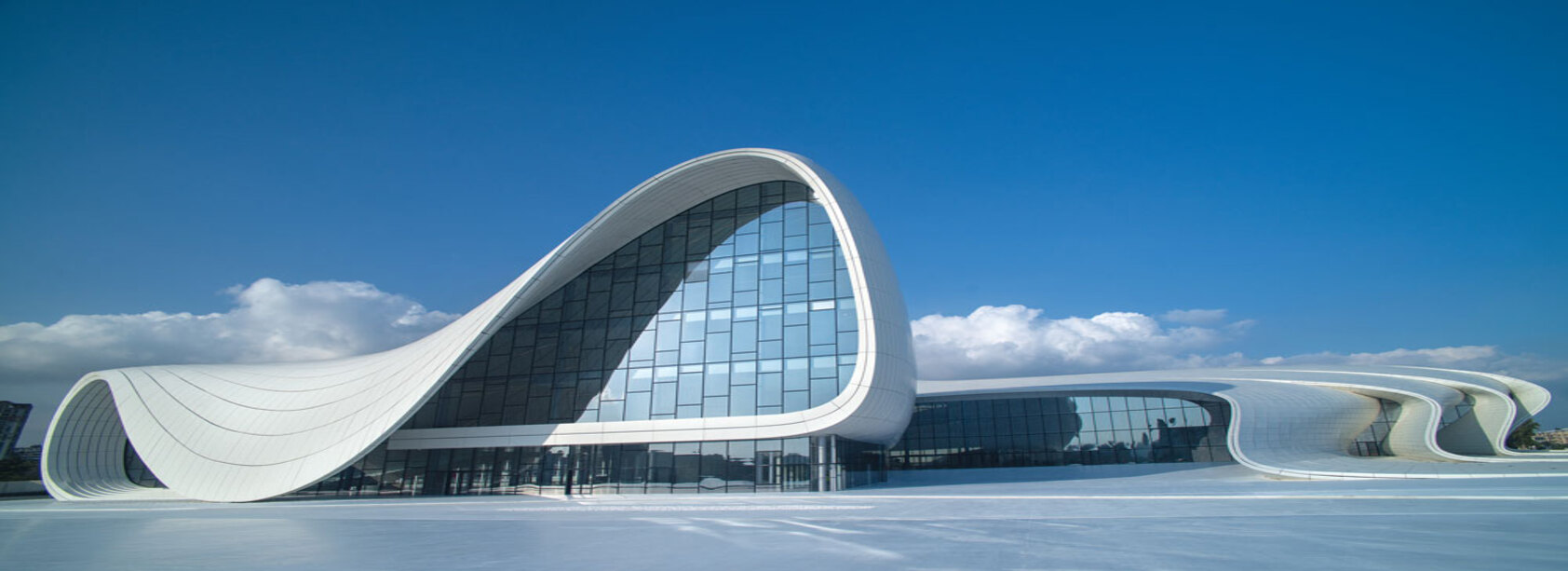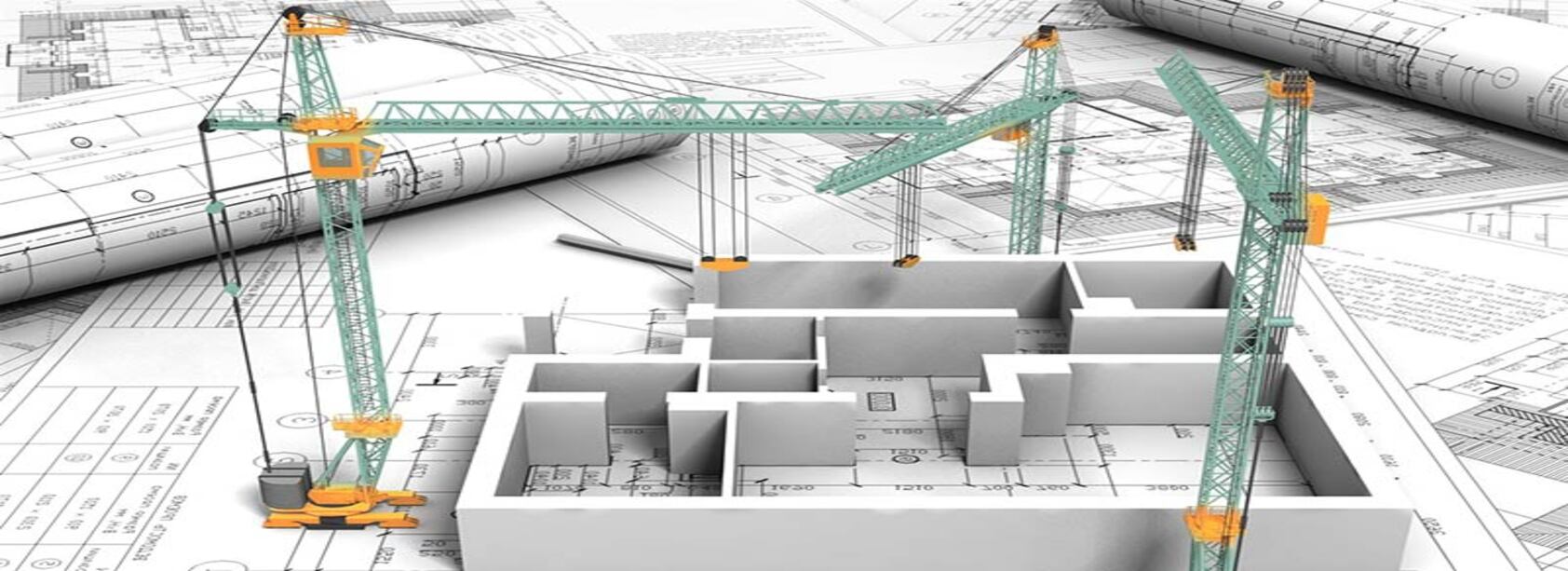
http://doi.org/1058225/sw.2023.2-109-112
SEISMOLOGICAL ISSUES IN THE EARTHQUAKE RESISTANCE OF BUILDINGS (AS AN EXAMPLE IN AZERBAIJAN)
Garavaliyev Etibar Sayad- Phd candidate., ass. prof., head of Deparment- Republican Seismic Survey Center of Azerbaijan National Academy of Sciences, getibar@rambler.ru
Abstract. Many dangerous processes of endogenous and exogenous origin occur on Earth. It has been established that natural and man-made emergencies such as earthquakes, landslides, droughts, floods, sea level rise and fall, and forest fires are more characteristic and dangerous for the territory of Azerbaijan. Since the territory of Azerbaijan is a part of the active Alpine-Himalayan fold belt, strong and destructive earthquakes have occurred here from time to time (427, 1139, 1235, 1667, 1902, 1961, 1963, 1989, 2000, 2007, 2012 years and etc.). From this point of view, it is one of the important issues on seismologists and builders to ensure that people can continue their life activities without problems and losses, buildings and facilities continue to exploitation without serious damage during an earthquake in such a seismoactive zone. To achieve this goal, civil engineers must have accurate seismological data reflecting the seismicity of the area. That is, the effectiveness of earthquake-resistant construction can be achieved when the parameters of probable seismic effects are correctly estimated and the effects of second-order factors (hazard) associated with these effects are taken into account. From this point of view, the new information obtained in the seismic monitoring of the territory of Azerbaijan with modern seismic devices since 2003 year has led to the resolution of many issue.
Keywords: earthquakes; tectonic faults; earthquake resistance of buildings; seismic code





